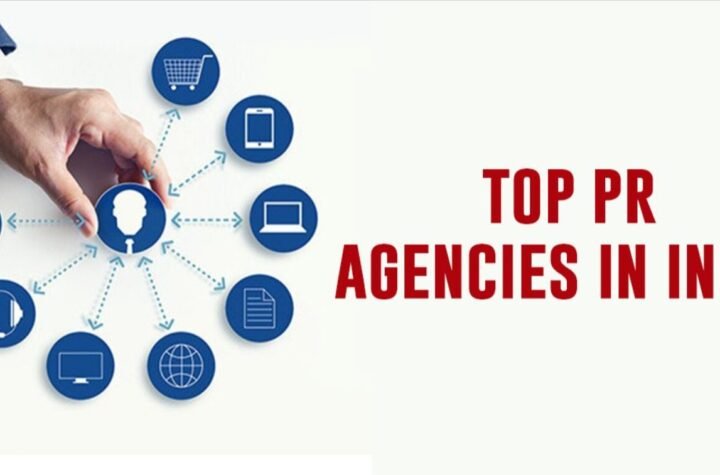
Building Better Clients
If you have a client-centered business, your success depends on a few variables. One of the most important factors you can control is building and strengthening your relationships with each individual. Communication is essential to growth.
You, yourself, have probably been in a situation where you chose to work with someone because of their communication. Instead of opting for a cheaper alternative, you stayed where you felt valued.
When you feel like you’re seen as a person instead of a paycheck, it’s often worth paying a little extra for a service or good.
Yet, there’s a balance between “the customer is always right” and strong business acumen. There must be a foundation of expectation established for the relationship to thrive on both sides.
Creating a solid client-business connection and building a referral base isn’t always easy. When you use these five tips, though, the job will get done right!
1. Offer Open Communication—With Boundaries
When you’re growing a business, it’s common to want to make yourself available to your clients, night or day. The 24/7/365 rule works well in some companies, but probably not yours.
A customer contacting a million-dollar big corporation today usually expects to reach someone at any time. Your small business doesn’t have thousands of employees, and you need boundaries until you get there.
Start by establishing acceptable communication methods. How do you want your clients to reach you?
Professionals have options like interactive calendars, automated emails, and bots to receive client contacts. It’s perfectly acceptable to have a computer-generated response that lets the sender know you’re offline and when they can expect you to answer.
Make these options clear by putting them on your website and business card. If someone tracks you down on your personal social media, redirect them to your business platforms.
2. Make What You Can Offer Clearly Known
Clients that approach you do so because they have a need they think you can fill. Let them know you are willing to help if you can. Then, listen to what they need before you blindly assure them you can do this.
Once you’ve heard their request and considered what it entails, you can decide if you’re able to do the job. Lay out your strategy, but let them know which aspects you will or won’t be able to address.
Work with each client as an individual. They want to know you see them as a unique person.
Of course, they expect that you have experience with their situation and you can reassure them of this. With a personalized strategy, they will understand what you’re providing and what they should expect in the process.
Some clients expect miracles, so laying out your expectations and making sure they match upfront is important.
3. Have a Q&A Session Early
You’ve likely noticed that almost every business website you visit has a Q&A page. This limits the time the staff or owner spends on repetitive questions.
This is the perfect way for you to insert your own expectations and guidelines. Design a question-and-answer list that you can refer new and potential clients to. Then offer them a short session in which you both can nail down the final details.
When this meeting is finished, you should be able to give the client a list of what you’ll be delivering and the deadlines for each step.
If it’s a big project, set up a final meeting after they receive the list. Go through each item and make sure you’re both on the same page before you begin any work.
4. Clarify Guarantees Versus Goals
Some business projects have clear objectives. Anything involving evidence-based information, for instance, is uncontestable. When your job involves art and opinion, it’s not quite that easy to ensure customer satisfaction.
No matter what line of work you do, it’s important to be upfront and clear about what the objectives are versus what you can guarantee.
Take the field of photography, for example. The objective might be to provide the client with family photos. Whether they’ll be satisfied or not is up to them, not you.
Be honest with each client about what you provide. You can guarantee you’ll be there on time and use professional equipment. You’ll give them your skilled talents and software.
But you can’t promise photos they’ll be happy with. There are too many variables that go into that.
Let them know what you can guarantee, what you can’t, and what your guidelines are if they are unhappy with the outcome.
5. Be Firm When They Cross the Line
No matter how amazing you are as a person and how great your product or service is, you can’t make everyone happy.
Dealing with a difficult client doesn’t mean you give up right away. However, if you covered your bases early on and they agreed to the terms, they need to abide by them.
Don’t let the client control your business. If you’re doing everything professionally and they want to renege on the deal, hold firm to your original terms.
When you’ve warned them that you’re sticking to what was agreed on and they continue to balk, be prepared to walk away. It might cost you a little business, but the stress you’ll save is priceless.
Conclusion
As a business owner, you quickly learn that you need more skills than just the product or service you offer. You have to know how to read and manage people, as well as develop and hone good business sense.
Most of this goes hand-in-hand with how well you establish your expectations ahead of time. These tips will help you set those strategies and enforce your professionalism while still putting the client first.





More Stories
Integrating Digital Learning in Bangalore’s Academic Environments
How a PR and Communications Agency India Helps Brands Build Media Relations?
Why Smart Data Management Makes Business Life Easy?